Novice English
Each activity has 5-, 15-, and 30-45 minute interactive demonstrations that discuss ShakeAlert earthquake early warning topics.
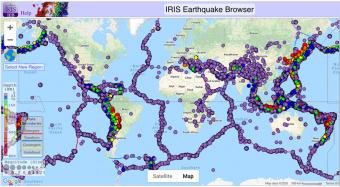
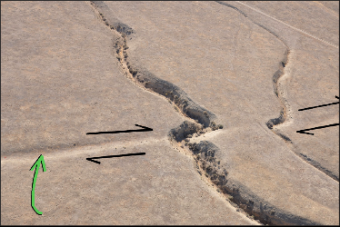
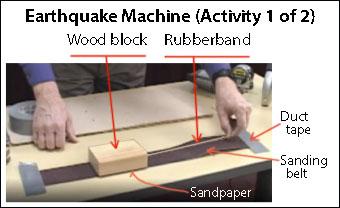
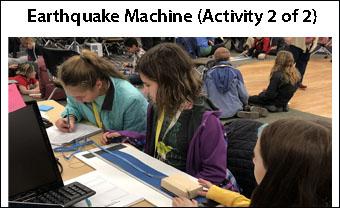
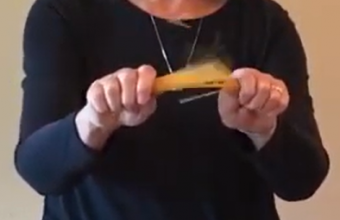
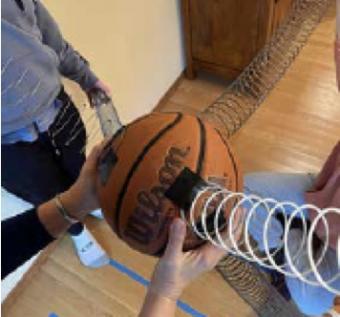
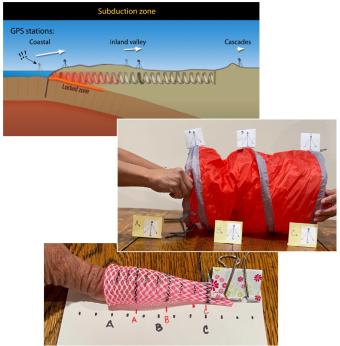
We encourage the reuse and dissemination of the material on this site as long as attribution is retained. To this end the material on this site, unless otherwise noted, is offered under Creative Commons Attribution (CC BY 4.0) license